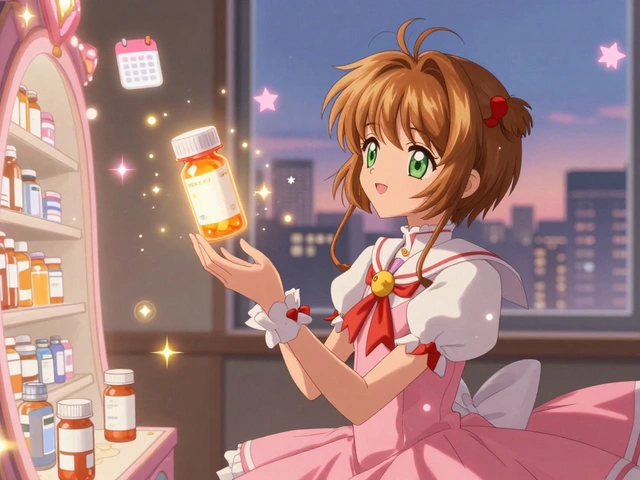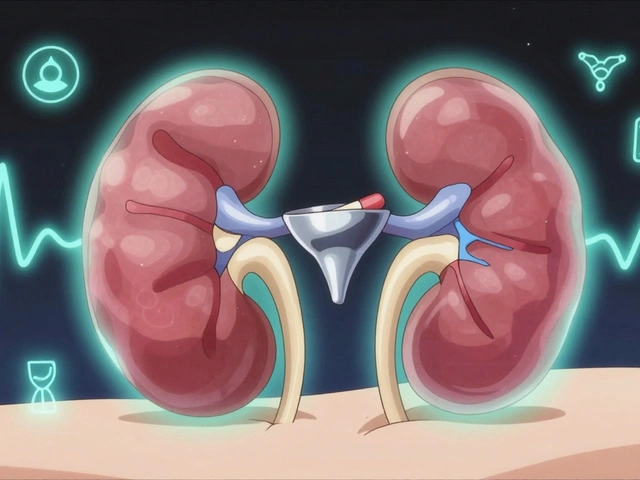Revia (naltrexone): what it does and how to use it safely
If you or someone you care about is considering Revia, here’s the straight talk. Revia is a brand name for naltrexone — a medication that lowers cravings and the rewarding effects of alcohol and blocks opioid effects. That makes it useful in treating alcohol use disorder and helping people stay off opioids once they are opioid-free.
How doctors usually use Revia
For alcohol problems, the common dose is 50 mg once a day. Some people start with 25 mg the first day to check tolerance. For opioid dependence you must be fully off opioids before starting — typically 7–10 days depending on the opioid — because naltrexone can trigger sudden and intense withdrawal if opioids are still in the system. If a monthly injectable is preferred, that product is Vivitrol (naltrexone 380 mg IM), which your clinic gives rather than you taking a pill.
There’s also low-dose naltrexone (LDN) given at much smaller doses (usually 1.5–4.5 mg) for off-label uses like some pain or autoimmune conditions. Evidence is limited, so talk to a clinician experienced with LDN before trying it.
What to watch for and practical safety tips
Common side effects: nausea, headache, tiredness, sleep trouble, and sometimes anxiety. These usually ease after a few days or weeks. Serious but rarer problems include liver injury — tell your doctor right away if you notice dark urine, yellowing of skin or eyes, or severe stomach pain.
Before you start, your clinician will likely check liver function tests. If you have active liver disease or very high liver enzymes, naltrexone may not be safe. Also, avoid taking any opioid painkillers while on Revia — they won’t work and can cause severe withdrawal if opioids are in your system when you start. If you need surgery or emergency pain control, make sure the team knows you’re on naltrexone; they may use non-opioid pain strategies or plan around the medication.
How to get it: a prescription from your doctor, addiction clinic, or via a telehealth visit. If you’re switching from opioid treatment like methadone or buprenorphine, work closely with your prescriber — there are established protocols to move safely to naltrexone.
Simple checklist before starting: 1) Confirm you’re opioid-free (follow your doctor’s timeline). 2) Get baseline liver tests. 3) Talk about pregnancy plans and breastfeeding. 4) Carry or wear a medical alert that you’re taking naltrexone so emergency teams know. 5) Set up support — therapy or peer groups improve outcomes.
Revia can be a powerful tool when used the right way. Talk openly with your healthcare provider about risks, realistic goals, and how it fits into your overall plan — medication plus support works best.
Navigating Revia Purchase: Safeguard Your Health with Naltrexone
This article offers an extensive guide on purchasing and safely incorporating Revia (Naltrexone) into your health regimen. It delves into the medical aspects, side effects, and drug interactions associated with Naltrexone, providing tips on the most common dosages and recommendations for use. Aimed at ensuring readers' well-being, the article presents valuable insights for anyone considering or currently using Revia.






